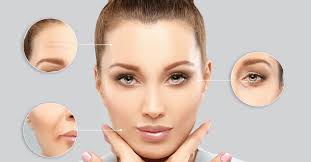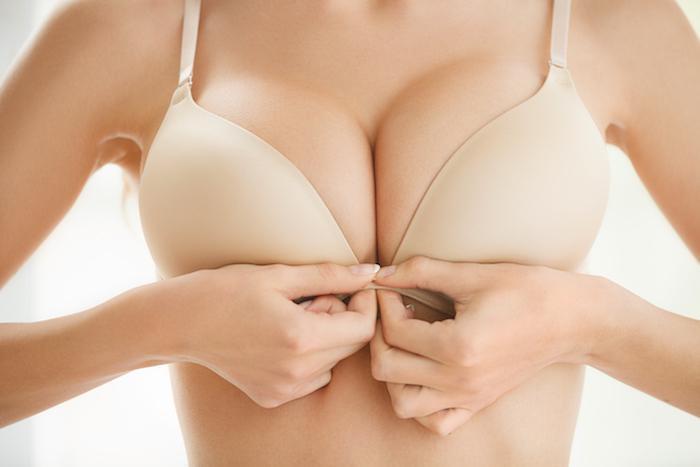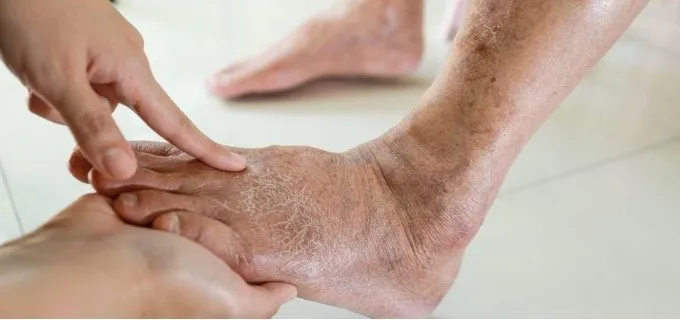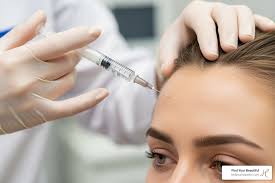
Early Detection and Treatment Options for Melanoma
September 24, 2025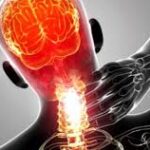
Causes of Chronic Nerve Pain and Management Strategies
September 24, 2025Botox is derived from the botulinum toxin, and it is used in the field of aesthetics to reduce various signs of aging. This treatment offers a minimally invasive approach to facial rejuvenation. When administered in controlled, diluted doses, it targets the specific muscles responsible for dynamic facial lines. Here’s information about how Botox works and the results that can be expected from its use:
Explaining Botox’s Mechanism
Botox works by selectively blocking nerve signals to specific facial muscles. Facial expressions like smiling, frowning, or laughing normally occur when nerve endings release acetylcholine, a chemical messenger that triggers muscle contraction. Botox treatment temporarily prevents the release of acetylcholine at these nerve endings. This causes the treated muscles to relax, and it reduces their ability to contract.
Because the injections are localized, the surrounding muscles continue to function normally. This helps maintain a natural appearance and avoids the “frozen” look sometimes associated with muscle relaxants. As nerve endings naturally regenerate over time, acetylcholine activity resumes and normal muscle movement returns.
Describing Targeted Treatment Areas
Botox focuses on dynamic wrinkles, the lines that develop from repeated facial muscle use over months or years. These lines differ from static wrinkles, which are present regardless of expression. Therapeutic approaches may involve a careful assessment of the facial regions most prone to dynamic line formation. Several frequently addressed areas include:
- Glabellar lines: These vertical creases between the eyebrows become prominent with habitual frowning or intense concentration.
- Forehead lines: Formed by frequent raising of the eyebrows, these horizontal lines stretch across the upper forehead. They can be a key concern for individuals seeking a smoother appearance.
- Crow’s feet: These radiating lines are seen at the outer corners of the eyes, and they develop from repeated smiling or squinting.
The actual administration of Botox is a minimally invasive process. Clinicians employ fine needles to deliver the product directly into the identified muscles, using mapping techniques to target areas effectively. After treatment, many individuals are able to resume regular activities. Practitioners may also provide specific aftercare instructions to optimize results; this includes avoiding rubbing or massaging the treated areas.
Outlining the Onset of Results
Botox’s effects develop gradually rather than immediately in some cases. Individuals may notice subtle changes within 24 to 48 hours, such as a softened forehead or reduced ability to furrow the brow. The full effects should be noticeable within seven to fourteen days, as targeted muscles relax and dynamic wrinkles become less visible. Results can last three to four months, after which new nerve endings restore muscle activity and wrinkles begin to reappear. For continued results, repeat treatments are recommended.
Find a Board-Certified Botox Provider
If an individual has prominent chin dimples or crow’s feet, they can use Botox treatments to relax the underlying muscles and smooth the affected areas. This solution reduces the appearance of dynamic wrinkles while allowing natural facial expressions to be maintained. Understanding the procedure and expected results helps guide decisions on treatment areas, dosage, and follow-up timing to achieve optimal and safe outcomes. Schedule a consultation today to explore how Botox can help enhance your natural look.

